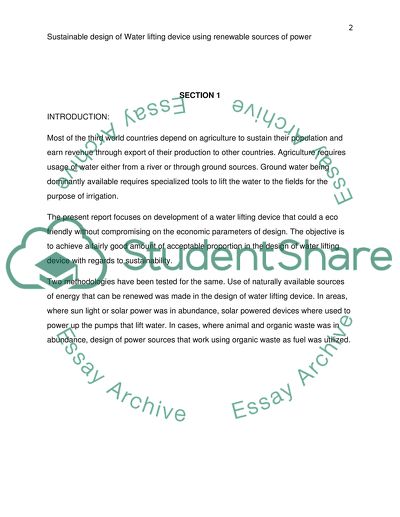Cite this document
(Lifting Device Using Renewable Sources of Power Term Paper, n.d.)
Lifting Device Using Renewable Sources of Power Term Paper. Retrieved from https://studentshare.org/engineering-and-construction/1516725-development-and-usage-of-a-water-lifting-device-in-agriculture
Lifting Device Using Renewable Sources of Power Term Paper. Retrieved from https://studentshare.org/engineering-and-construction/1516725-development-and-usage-of-a-water-lifting-device-in-agriculture
(Lifting Device Using Renewable Sources of Power Term Paper)
Lifting Device Using Renewable Sources of Power Term Paper. https://studentshare.org/engineering-and-construction/1516725-development-and-usage-of-a-water-lifting-device-in-agriculture.
Lifting Device Using Renewable Sources of Power Term Paper. https://studentshare.org/engineering-and-construction/1516725-development-and-usage-of-a-water-lifting-device-in-agriculture.
“Lifting Device Using Renewable Sources of Power Term Paper”, n.d. https://studentshare.org/engineering-and-construction/1516725-development-and-usage-of-a-water-lifting-device-in-agriculture.


